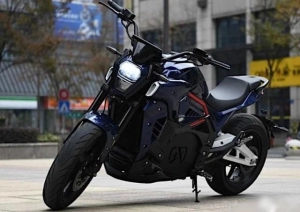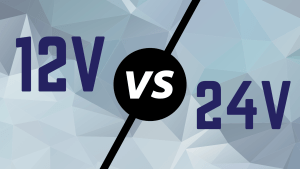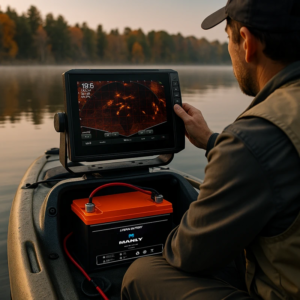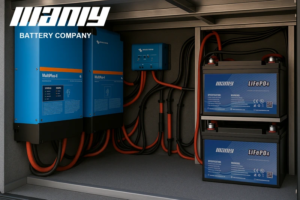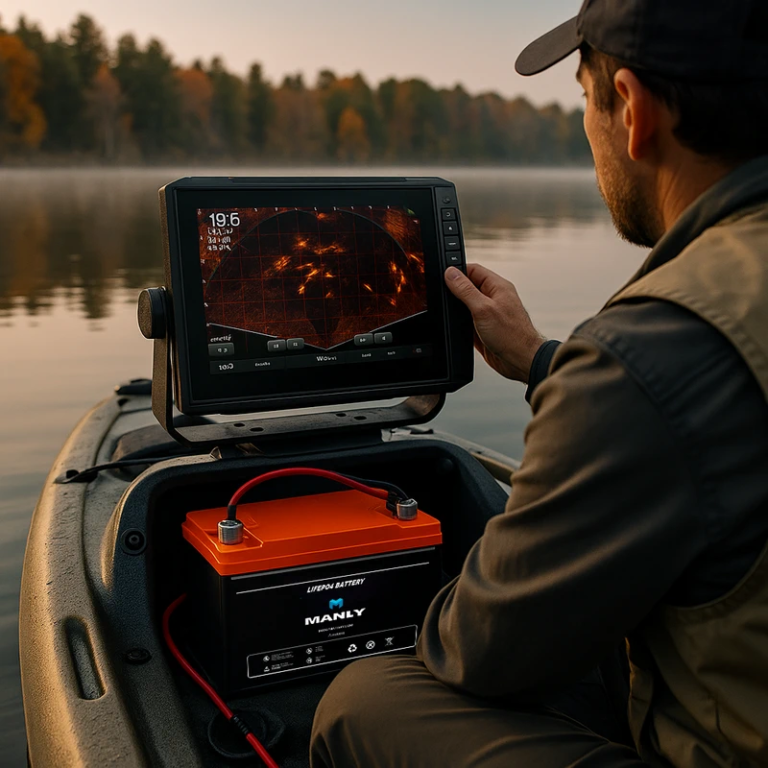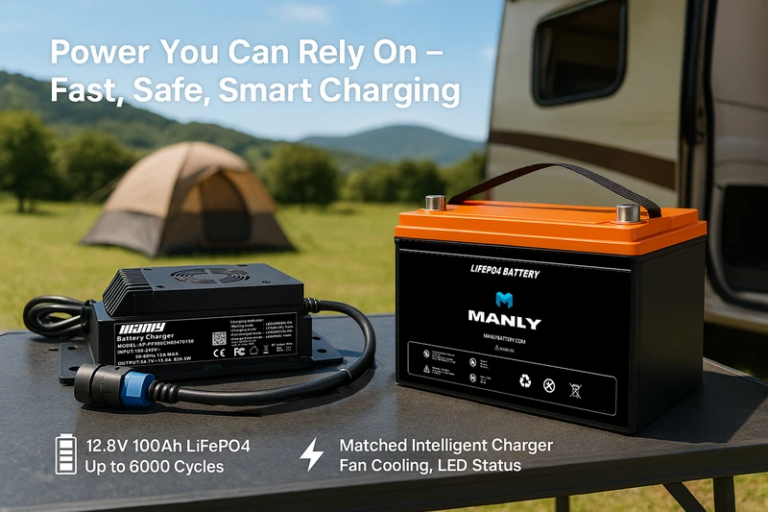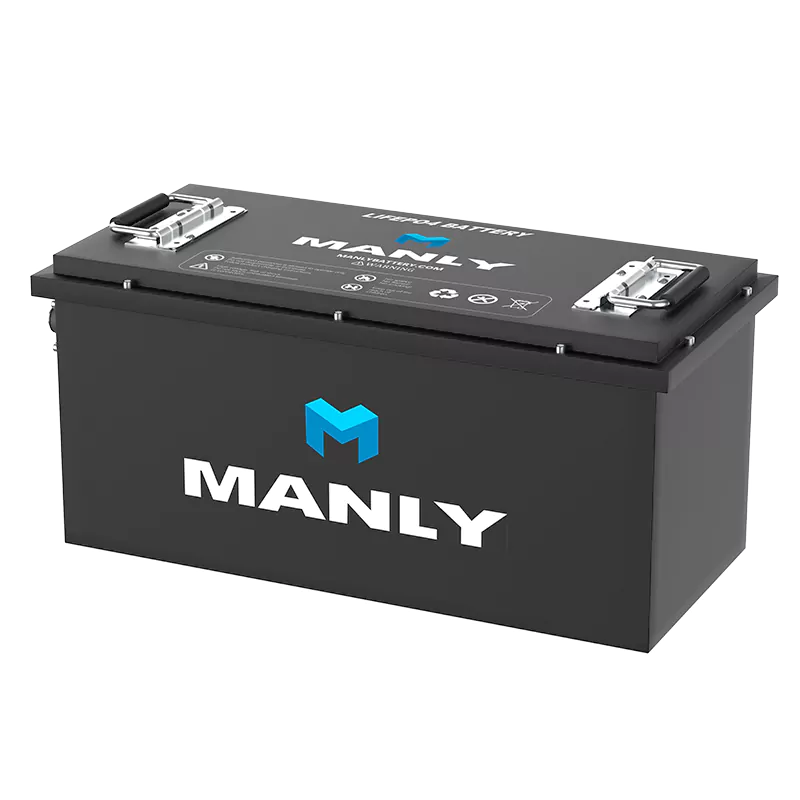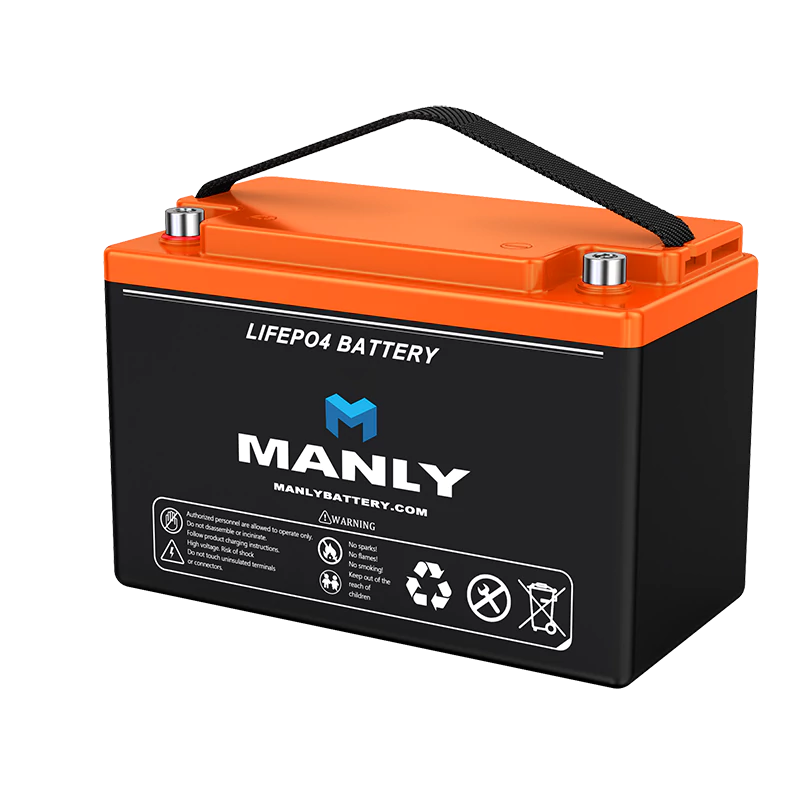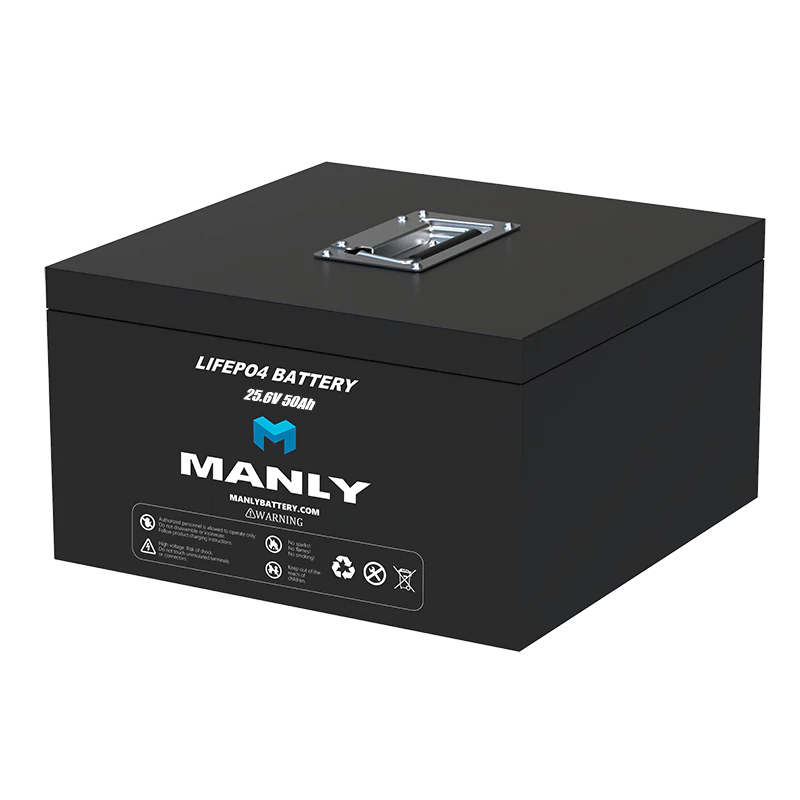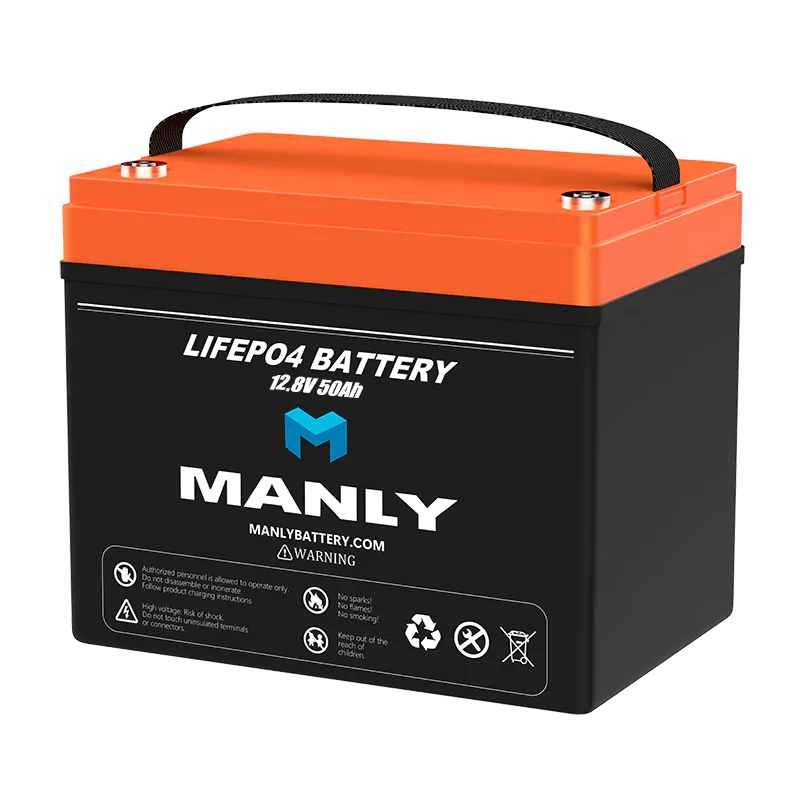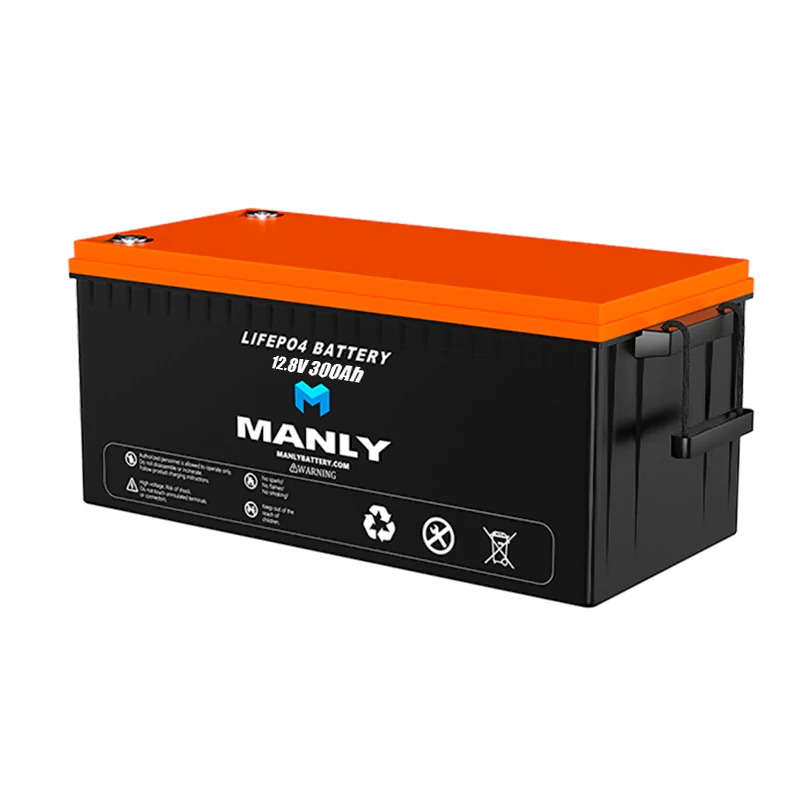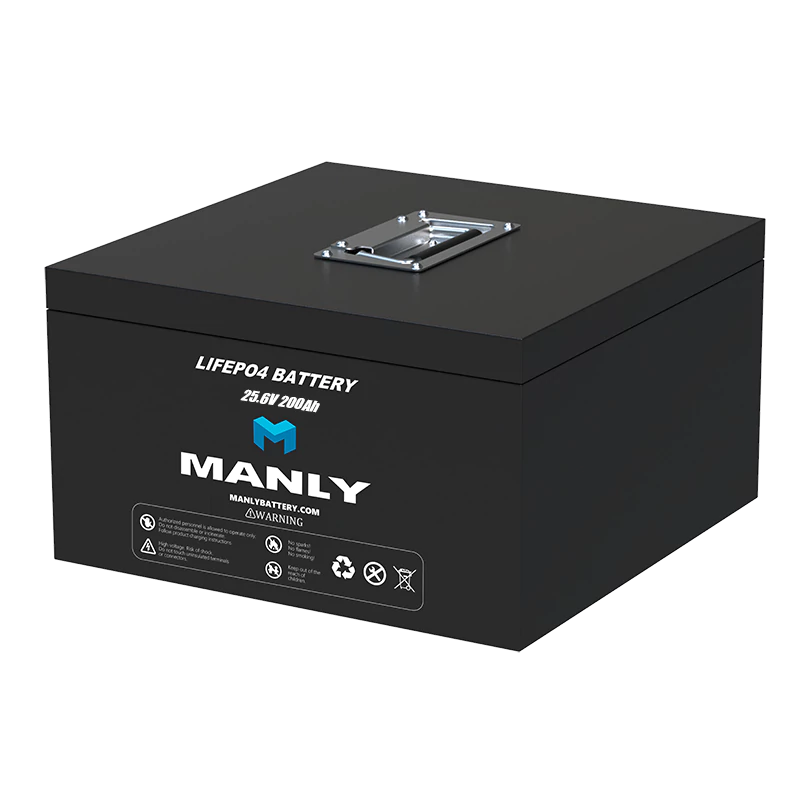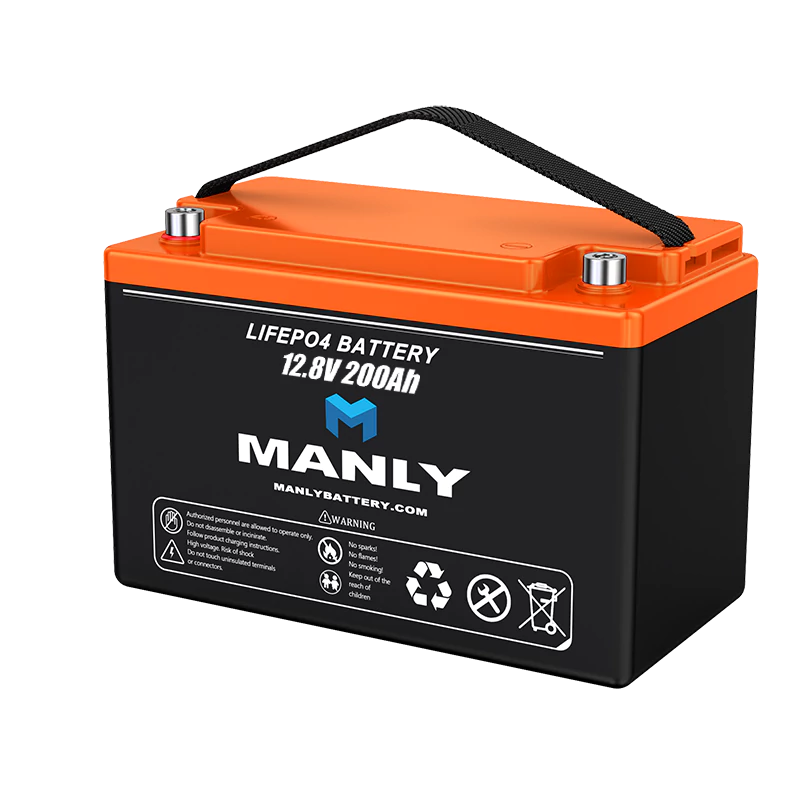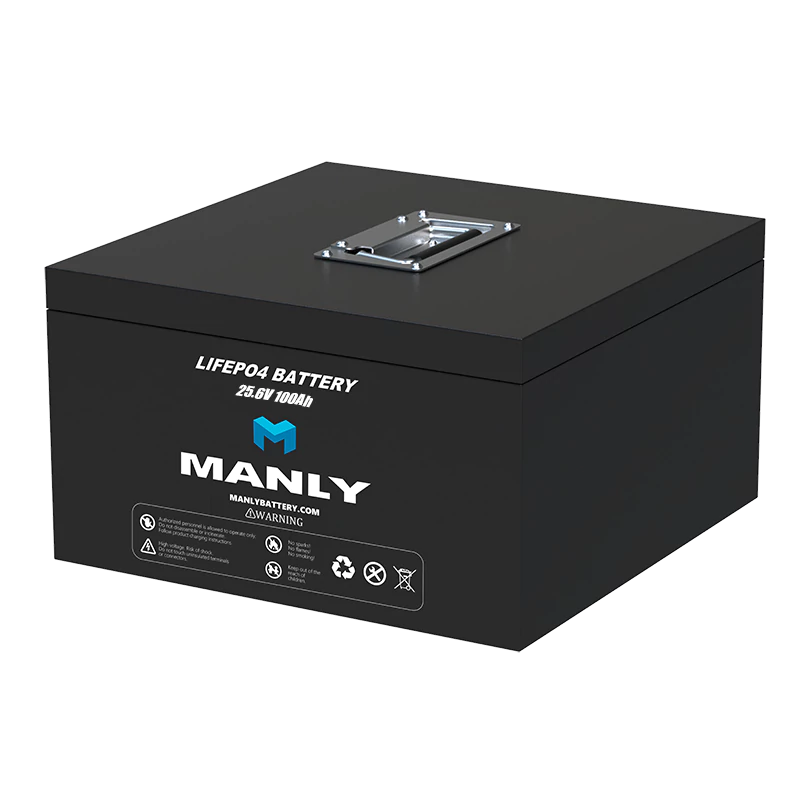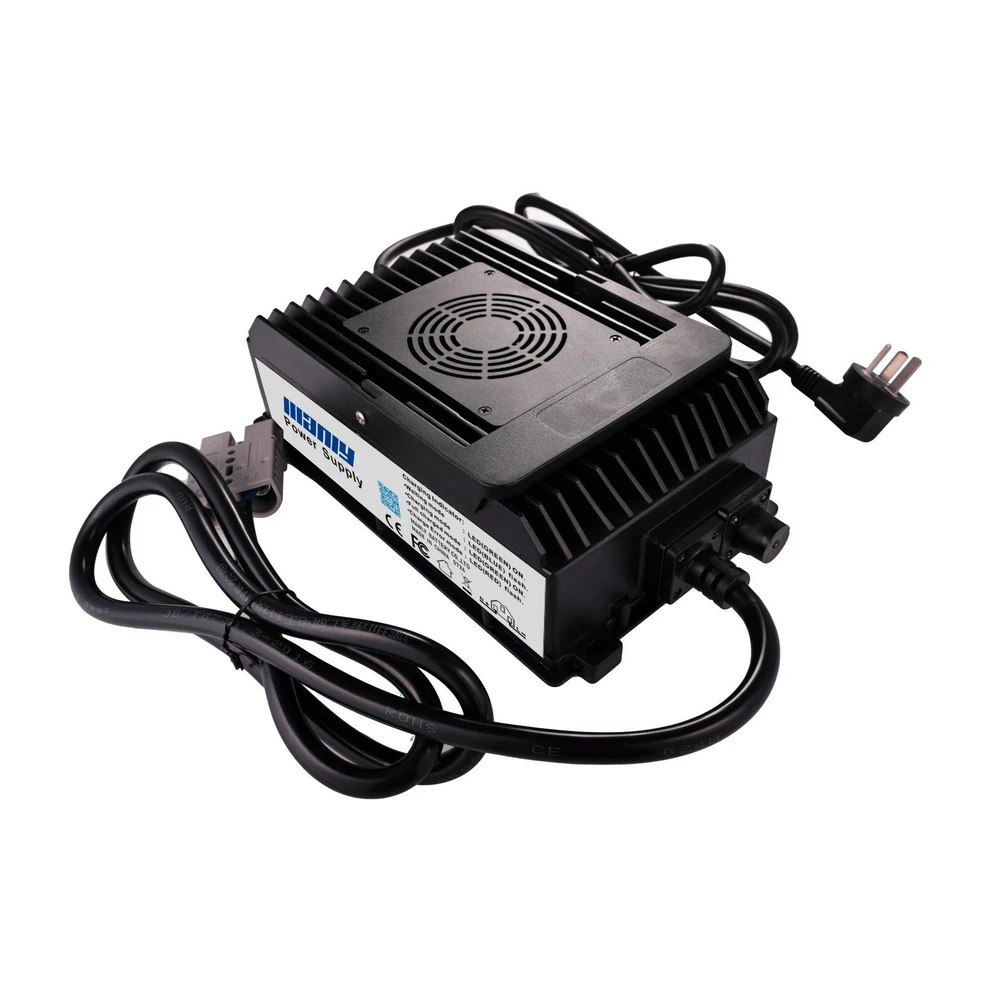Tipos de batería de 12 V: encuentre lo mejor para sus necesidades
Tabla de contenido
- Tipos de batería de 12 V: encuentre lo mejor para sus necesidades
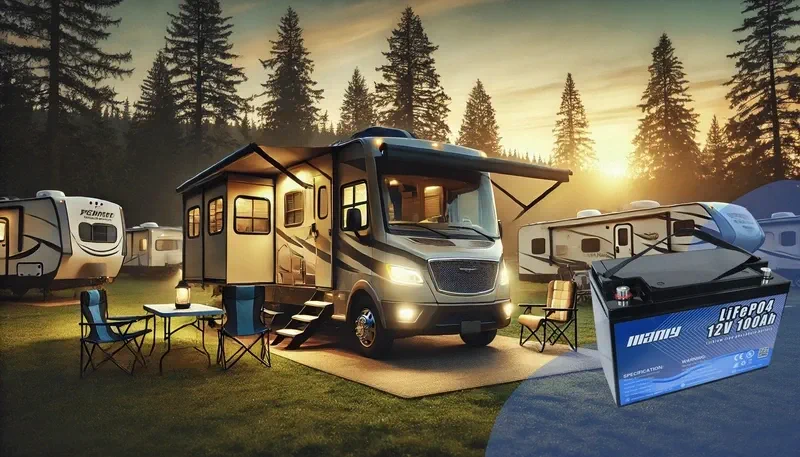
Comprender los conceptos básicos
1. ¿Qué es una batería de 12V?
Piense en unBatería de 12VComo una lonchera llena de energía para su electrónica. En el interior hay seis pequeños compartimentos, calificados de células, cada uno que entrega alrededor de 2 voltios. Apilarlos en una serie y Boom, tendrá una fuente de alimentación de 12.6 voltios cuando se cargue por completo.Estas bateríasno generarEnergía:almacenarél. Una reacción química se activa cuando los conecta a un dispositivo y fluye electricidad. Su corriente continua (DC) significa que la potencia se ejecuta en una dirección constante y única: perfecta para motores, luces, ventiladores y todos esos dispositivos fuera de la red.TuencontrarTipos de batería de 12VEn todas partes, desde baterías de inicio en camiones y barcos hasta bancos de energía de ciclo profundo en RVS y configuraciones solares. Y dependiendo de la química en el interior (acé de litro, AGM, gel o litio) se comportan de manera muy diferente.2. Por qué importan los tipos de batería de 12V
Entonces, ¿por qué deberías importarte qué tipo deBatería de 12Vyou're¿usando? Debido a que el incorrecto puede arruinar su viaje, freír su electrónica o costarle mucho más de lo que debería en reemplazos y reparaciones.CadaTipo de batería de 12Vtiene sus peculiaridades de rendimiento. Algunos pueden manejar ser drenados y recargados todos los días, mientras que otros se ponen de mal humor cuando se empujan demasiado. Algunos prosperan en calor extremo, mientras que otros aprovechan las temperaturas heladas. YnoComencemos con el mantenimiento: algunos de estos tipos son divas de alto mantenimiento.Elegir la batería correcta significa hacer coincidir sus fortalezas con sus necesidades reales. ¿Desea una opción de mantenimiento y larga duración para su caravana con energía solar? Ir a litio. ¿Necesitas algo barato para arrancar el motor de tu auto? Una batería inundada de plomo-ácido podría hacer el truco (siestásDe acuerdo con un poco de grasa en el codo).Larga historia corta:La elección de su batería afecta todo: rendimiento, vida útil, eficiencia e incluso seguridad.Vamossumergirse en las diferentesTipos de batería de 12VY vea cuál merece un lugar en su configuración.Diva profunda en tipos de baterías de 12V
1. baterías de ácido con plomo inundado
Vamos a comenzar con el clásico de la vieja escuela: la batería inundada de plomo-ácido. SiTipos de batería de 12V were a rock band, this one’s your garage band OG. It’s been around forever and still gets the job done, especially if you're on a tight budget.Cómo funciona:Estas baterías crean electricidad mediante el uso de placas de plomo sumergidas en un baño de ácido sulfúrico. Cuando está conectado a un dispositivo, se produce una reacción química entre las placas y el ácido, enviando la potencia de CC que fluye.Por qué la gente todavía los usa:- Tierra barata (en serio, puedes tomar uno por menos de $ 100)
- Ofrece alta corriente rápida, perfecta para motores iniciales
- Fácil de encontrar en cualquier lugar desde paradas de camiones hasta tiendas de suministros agrícolas
- Debe verificar regularmente y superar el agua (¡hola, mantenimiento!)
- Fugan ácido si se inclinan o se cobran sobrevalorado, eso significa daños corrosivos y posibles riesgos de seguridad
- El hidrógeno fuera de los gases, por lo que la ventilación adecuada no es negociable
- Deben sentarse en posición vertical, no hay instalación flexible aquí
- No puedes drenarlos por debajo del 50% sin matar su vida útil
2. Baterías de gel
Luego, discutamos el primo introvertido de la batería inundada: la batería de gel. Todavía es parte de la familia de plomo-ácido, pero abandona el ácido de flujo libre y lo reemplaza con un gel grueso y no derramable.¿Qué lo hace único?- El electrolito de gel bloquea todo en su lugar, haciéndolo a prueba de fugas y súper seguro
- Puede instalarlo de lado, diagonalmente o Lo que sea que funcione, no se quejará
- Maneja el calor mejor que los tipos inundados, lo que lo hace ideal para entornos de alta temperatura
- No hay necesidad de superar el agua o verificar los fluidos: el mantenimiento libre es el nombre del juego
- Operación tranquila y limpia, sin gases durante el uso diario
- Ideal para instalaciones ajustadas o incómodas (como barcos o camionetas con espacio limitado)
- La carga debe ser precisa: demasiado rápido o demasiado caliente y el gel puede desarrollar burbujas (y eso es una mala noticia)
- Tiempo de recarga más lento que otroTipos de batería de 12V
- Todavía no debería drenarse por debajo del 50%, o acortará su vida rápidamente
3. Baterías AGM (alfombra de vidrio absorbente)
Ahora nos estamos metiendo en las cosas buenas. Las baterías AGM son los VIP del mundo de plomo-ácido. Piense en ellas como baterías inundadas, en esteroides, sellados fuertes y listos para la acción.Cómo funciona:En lugar de colocar ácido líquido, las baterías AGM usan esteras de fibra de vidrio empapadas en electrolitos y presionadas entre las placas de plomo. Este diseño los hace a prueba de derrames, resistentes a la vibración y más eficientes.He aquí por qué la gente los ama:- 100% sin mantenimiento
- Cargas más rápido que las baterías de gel o inundados
- Ofrece un fuerte poder tanto para el inicio como para el uso de ciclo profundo
- Instala en casi cualquier posición (excepto al revés…No vayamos tan lejos)
- Más seguro y limpiador, sin derrames de ácidos, sin humos
- Cuesta más que los tipos de gel o inundados (pero está obteniendo lo que paga)
- Más pesadas que las alternativas de litio
- Necesita la configuración de carga correcta, no lo haga demasiado
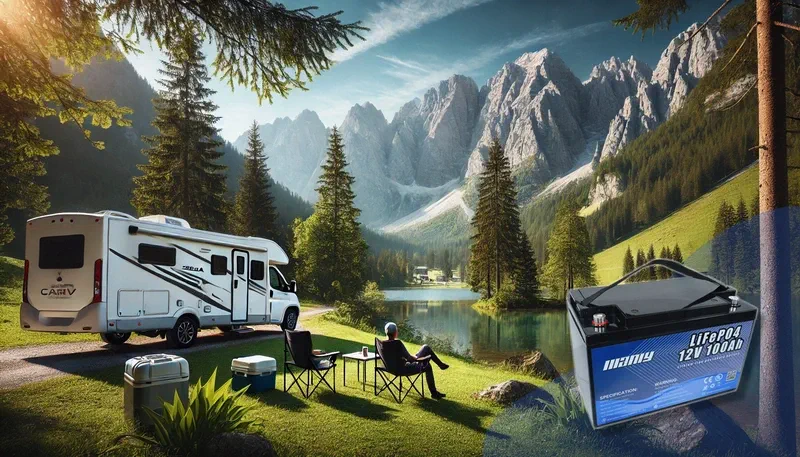
4. Baterías de iones de litio
Y ahora, para la estrella del espectáculo: baterías de iones de litio.Son livianos, duraderos y construidos con tecnología inteligente en el interior.¿Qué hay debajo del capó?InstanteAD de placas de plomo y ácido, las baterías de iones de litio utilizan sales de litio y electrónica avanzada para manejar el flujo de energía. Entregan más poder, recargan más rápido y puedenestar drenado con seguridadcasi cero sin daños.Por qué son cambiadores de juego:- Hasta más de 10 años de vida útil (sí, lo lees bien)
- Descargar hasta el 100% de la capacidad sin sudor
- ReconocimientoRGE en una fracción del tiempo en comparación con las baterías de plomo-ácido
- El sistema de gestión de baterías incorporado (BMS) protege de sobrecarga, sobrecalentamiento y más
- Pesa hasta un 60% menos que los tipos de AGM o inundados equivalentes
- Más caro por adelantado
- Necesita un cargador compatible con litio
- ¿Cargo en temperaturas de congelación? No es ideal a menos que tenga un modelo con calefacción.
Resumen rápido:
| Escribe | Esperanza de vida | Mantenimiento | Profundidad de descarga | Precio | notas |
|---|---|---|---|---|---|
| Ácido de plomo inundado | 2–5 años | Alto | ~ 50% | Bajo ($) | Necesita controles de agua regulares |
| Gel | 2–5 años | Bajo | ~ 50% | Moderado ($$) | Recarga lenta, carga precisa |
| Asamblea General Anual | 4–7 años | Ninguno | ~ 60–80% | Alto ($$$) | Gran equilibrio de rendimiento |
| Iones de litio | 8–10+ año | Ninguno | Hasta el 100% | Más alto ($$$$) | Tecnología ligera e inteligente incluida |
Factores clave a considerar al elegir unBatería de 12V
Elegir lo correctoBatería de 12VNo se trata solo de elegir algo que se ajuste. Se trata de elegir la batería que se ajustetú—Un configuración, su presupuesto y cuánta molestia está dispuesto a lidiar. Vamos a desglosar como un empacador experimentado en carretera para un impulso épico a través del país.1. Necesidades de aplicación
Lo primero es: ¿qué estás tratando de impulsar? ¿Un bote de pesca? ¿Una copia de seguridad solar en casa? ¿Tu RV de confianza para los fines de semana fuera de la red?DiferenteTipos de batería de 12Vservir misiones diferentes:- Baterías inicialesson excelentes para los motores. Están construidos para ofrecer ráfagas de energía rápidas e intensas. Piense en las baterías inundadas de plomo-ácido o AGM.
- Baterías de ciclo profundoson corredores de maratón, no velocistas. Son perfectos para vehículos recreativos, casas fuera de la red y motores de trolling.
- Dual: Una opción híbrida que ofrece un equilibrio de la potencia de arranque y ciclismo, aunque generalmente no es la mejor.
2. Presupuesto y eficiencia rentable
Hablemos de dólares. Una batería inundada de plomo-ácido puede parecer un robo hasta que comience a pedir atención cada pocas semanas. Cubra el agua, limpie las terminales y Reemplácelo cada dos años, se suma.El litio, por otro lado, es como un SUV de lujo: costoso por adelantado pero construido para durar. Paga más ahora, pero dura hasta 10 años, necesita cero mantenimiento y ofrece una capacidad mucho más utilizable.Entonces, pregúntese: ¿está presupuestando para hoy, o invirtiendo a largo plazo?3. Preferencias de mantenimiento
Sé auténtico: ¿eres el tipo de bricolaje práctico o quieres que tu bateríatrabajar?Aquí está el resumen de mantenimiento:- Ácido de plomo inundado: Reina del drama de alto mantenimiento.Necesita recargas de agua, ventilación adecuada e inspecciones regulares.
- Gel y AGM: Mucho más manejable. Estas baterías selladas se establecen y se olvidan.
- Iones de litio: El rey de bajo mantenimiento. Sin agua, sin corrosión, sin dolores de cabeza.
4. Condiciones ambientales y operativas
Donde su batería vive y trabaja mucho es importante. Así es como el entorno afecta a cada tipo:- Climas calientes: Gel y AGM manejan el calor mejor que las baterías inundadas.
- Temperatura de congelación: El litio necesita calefacción incorporada o gestión térmica. Sin él, cargar por debajo de 32 ° F puede causar daños.
- Espacios apretados: El litio gana aquí: liviano, más pequeño, y se puede montar en cualquier dirección.
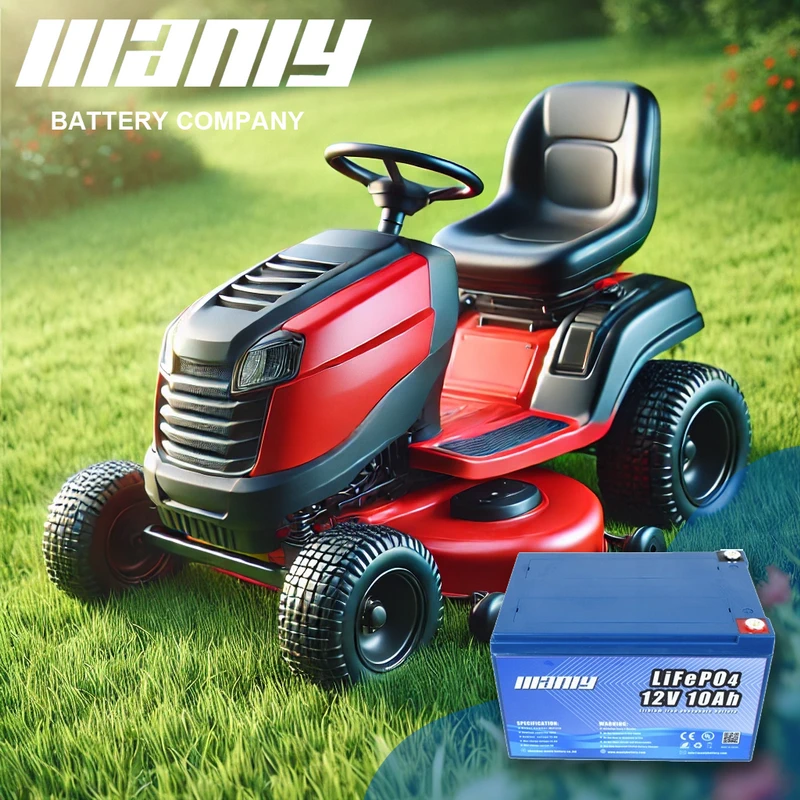
Consejos para maximizar la vida útil de su batería de 12V
¿Quiere exprimir hasta el último amplificador de su batería? Así es como lo hacen los profesionales:1. Cargar hacer y no hacer
- Use el cargador correcto para la química de su batería.
- No cobren demasiado, mata la vida útil rápidamente.
- Fo litio, invierta en un cargador con un perfil de litio dedicado.
2. Evite las descargas profundas
Even if your lithium battery says 100% DoD (depth of discharge), it's a good idea to keep it above 20% when possible. It extends usable cycles.3. Mantenga las temperaturas bajo control
- Instalar en lugares fríos y secos.
- Evite la luz solar directa.
- Use aislamiento o almohadillas para el clima invernal si es necesario.
4. CHECKUPS DEL SISTEMA
- SEcure su batería físicamente, sin rebotar.
- Verifique las conexiones de cableado para la corrosión o la flojedad.
- Limpiar terminales si se usa ácido de plomo.
Conclusión
Tienes opciones, y ahora tienes el conocimiento para elegir como un profesional.- Ácido de plomo inundado: Presupuesto para el presupuesto pero de alto mantenimiento y de corta duración.
- Gel: Mejor en calor pero quisquilloso con cargadores.
- Asamblea General Anual: Libre de mantenimiento y confiable.
- Iones de litio: El All-Star of the Bunch. Alto rendimiento, duradero y casi cero molestias.
Preguntas más frecuentes
1. ¿Cuántos tipos de baterías de 12V hay?
Hay cuatro tipos principales de baterías de 12V, cada una con diferentes tecnologías y aplicaciones:
- Baterías inundadas de plomo-ácido (FLA)- También llamadas baterías de celda húmeda, estas son el tipo más tradicional. Requieren mantenimiento regular y recarga de agua.
- Baterías de alfombra de vidrio absorbente (AGM) – A type of sealed lead-acid battery that's maintenance-free, spill-proof, and designed for higher performance.
- Baterías de gel—These sealed batteries use a gel electrolyte. They're very stable and work well in deep-cycle applications but are sensitive to overcharging.
- Baterías de iones de litio (Lifepo4) are lightweight, long-lasting, and require no maintenance. They're becoming increasingly popular for solar systems, RVs, boats, and backup power.
2. ¿Qué tipo de batería de 12V tengo?
Para identificar el tipo de batería de 12V, verifique lo siguiente:- Etiqueta o marcas en la batería- la mayoría de las baterías list the type clearly (e.g., "AGM," "Gel," or "Lithium").
- Manufacturer's info or model number- Busque el número de modelo en línea para encontrar las especificaciones y el tipo.
- Diseño de estuche de batería –
- Si la batería tieneTapas extraíbles, it's likely a Batería inundada de plomo-ácido.
- If it's sellado sin tapas and says "maintenance-free," it's probably AGM o gel.
- If it's ligero and states "LiFePO4" or "Lithium," then it's a batería de litio.
- Peso y tamaño- Las baterías de litio son mucho más ligerasque los tipos de plomo-ácido del mismo tamaño.

